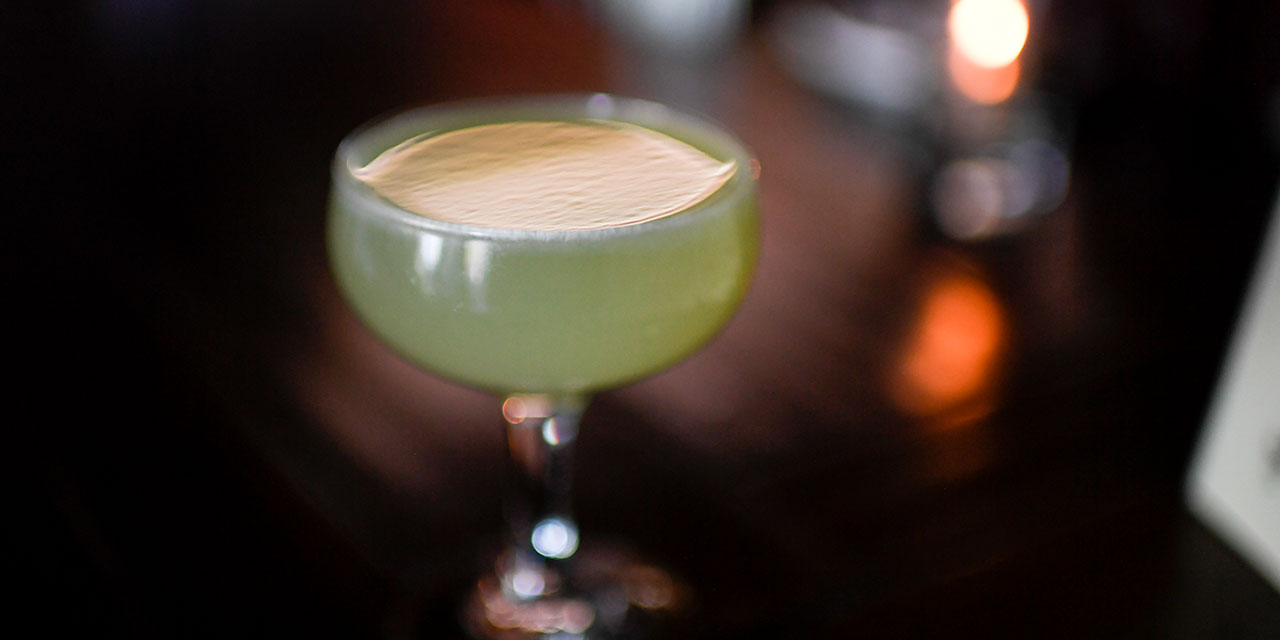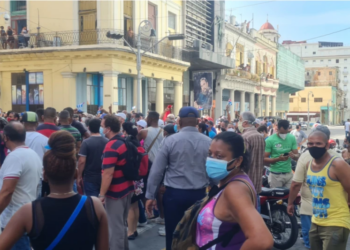
The Trump administration’s tariffs have importers, investors, and everyday consumers reaching for the bottle. Unfortunately, those are also set to get more expensive, if a mooted 200 percent tax on imported European alcohol goes into effect on April 2.
Unless a deal is struck soon, the tariff will hit beers, wines, and spirits originating from all the European Union’s 27 member nations. It is a response to the tariff the Europeans have scheduled against American bourbon, itself a retaliation for Trump’s aluminum and steel tariff.
Finally, a reason to check your email.
Sign up for our free newsletter today.
As I pondered the state of global trade over a St. Patrick’s Day tipple, I decided to do a little bar-napkin math on one of my favorite cocktails: the Last Word. Ironically, the Last Word has its roots in one of America’s quintessential industrial cities—Detroit. Legend has it the drink was invented at the Detroit Athletic Club during the Motor City’s roaring 1910s. It’s made with four equal parts: gin, maraschino liqueur, Chartreuse, and lime juice. I broke down each ingredient to see just how much this new trade move might cost me the next time I decide to mix one at home.
Gin, the cocktail’s base spirit, is most famously made in England. Thanks to Brexit, the U.K. is navigating its own trade disputes with the Trump administration. With its gins tariff-free for now, my preferred Tanqueray Rangpur still runs a consistent $0.70 per serving.
The other components aren’t so lucky. Maraschino liqueur, its flavor intense and bittersweet, is made from sour marasca cherries that grow along Croatia’s Adriatic coast. The gold standard is Luxardo, made by an Italian company that’s been distilling its signature liqueur in Torreglia—just west of Venice—since 1947. The company itself, however, dates to the early 1800s, when it was founded in Zara (now Zadar, Croatia), then part of the Austrian Empire.
My neighborhood shop sells a 750ml bottle of Luxardo for $47. We’re going to ignore any currency revaluations that might mitigate the sting (this is bar math, after all) and say I’ll be taking the full 200 percent import tax on the chin, meaning I’ll pay triple the existing price going forward—a whopping $141 per bottle. Since a standard Last Word takes 21ml of each ingredient, that means I’ll be paying $3.95 on maraschino liqueur alone per drink.
Chartreuse, the French herbal liqueur, will prove even more punishing. While a few American distillers have tried replicating maraschino, Chartreuse remains truly inimitable—made exclusively by Carthusian monks in a secluded monastery near Grenoble. Since the alcohol boom of 2020 (guilty as charged), the green liqueur has become increasingly scarce, tariffs aside. On the rare occasions it appears on shelves, my shop charges $90 per bottle. A 200 percent tariff would send that soaring to $270—or roughly $7.55 per 21ml portion. Poor in spirit, indeed.
Adding insult to injury are the 25 percent tariffs on Mexico, the chief supplier of limes to American greengrocers. I get fresh limes at two for a dollar these days, and since 21ml is roughly half a lime’s worth of juice, we’ll say the full with-tariff cost of lime juice for a Last Word is $0.30.
Added up, my new Last Word costs $12.50—a difficult price to choke down for a do-it-yourself drink.
Some may say, “just buy American.” But when it comes to these European liqueurs, no credible domestic alternatives exist. They’re the product of centuries of refinement, deep reserves of human capital, and intellectual property protections that would make American tech firms green with envy. You can’t simply mimic Chartreuse and call the result a Last Word. The cocktail, it turns out, is a tart monument to free trade.
Now take my Last Word experience and multiply it across thousands of products nationwide, and it’s easy to see how tariffs quickly could become an everyday irritant for millions of Americans. The administration argues that higher tariffs are necessary leverage to push foreign governments toward a “Mar-a-Lago Accord”—a coordinated currency devaluation aimed at weakening the dollar and boosting U.S. manufacturing exports. But the cooperation needed from Europe and other nations may never come.
A deeper problem is that the working people in Detroit, Pittsburgh, Akron, and other trade-beaten cities aren’t just producers; they’re consumers, too. So are millions of other Americans who don’t live in a trade-exposed region. For every factory worker whose livelihood is jeopardized by trade, a dozen other Americans are already feeling the tariffs’ strain at the checkout counter. For them, even a new Mar-a-Lago currency paradigm won’t necessarily be welcome, because a weaker dollar means less purchasing power.
If the tariff experiment doesn’t wrap up tidily, Americans might take their frustrations from the checkout counter to the ballot box. Meantime, you’ll find me reluctantly pacing my local bourbon aisle.
Photo by AAron Ontiveroz/MediaNews Group/The Denver Post via Getty Images
City Journal is a publication of the Manhattan Institute for Policy Research (MI), a leading free-market think tank. Are you interested in supporting the magazine? As a 501(c)(3) nonprofit, donations in support of MI and City Journal are fully tax-deductible as provided by law (EIN #13-2912529).
Source link

















